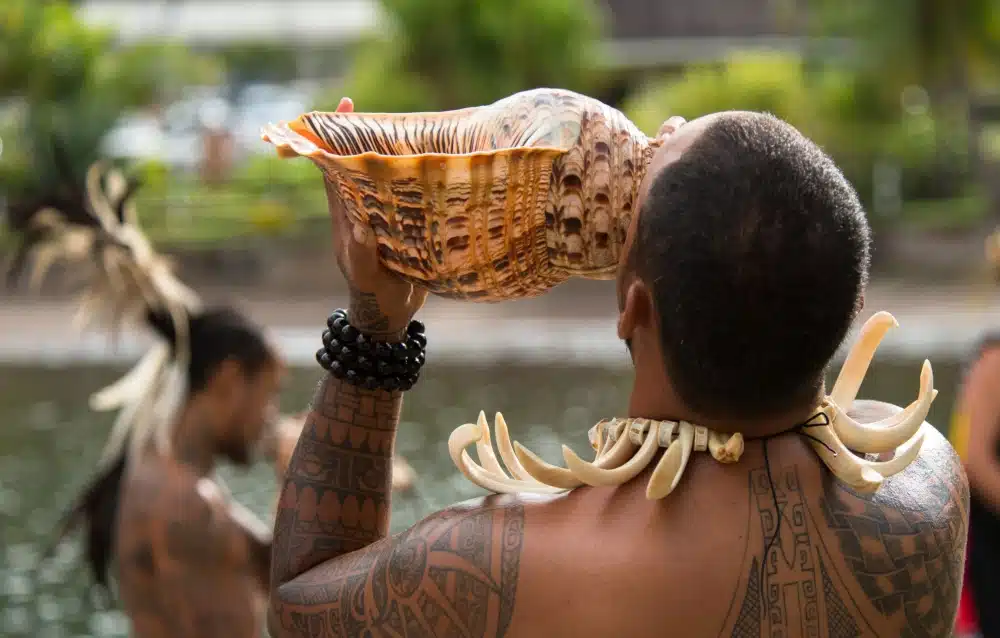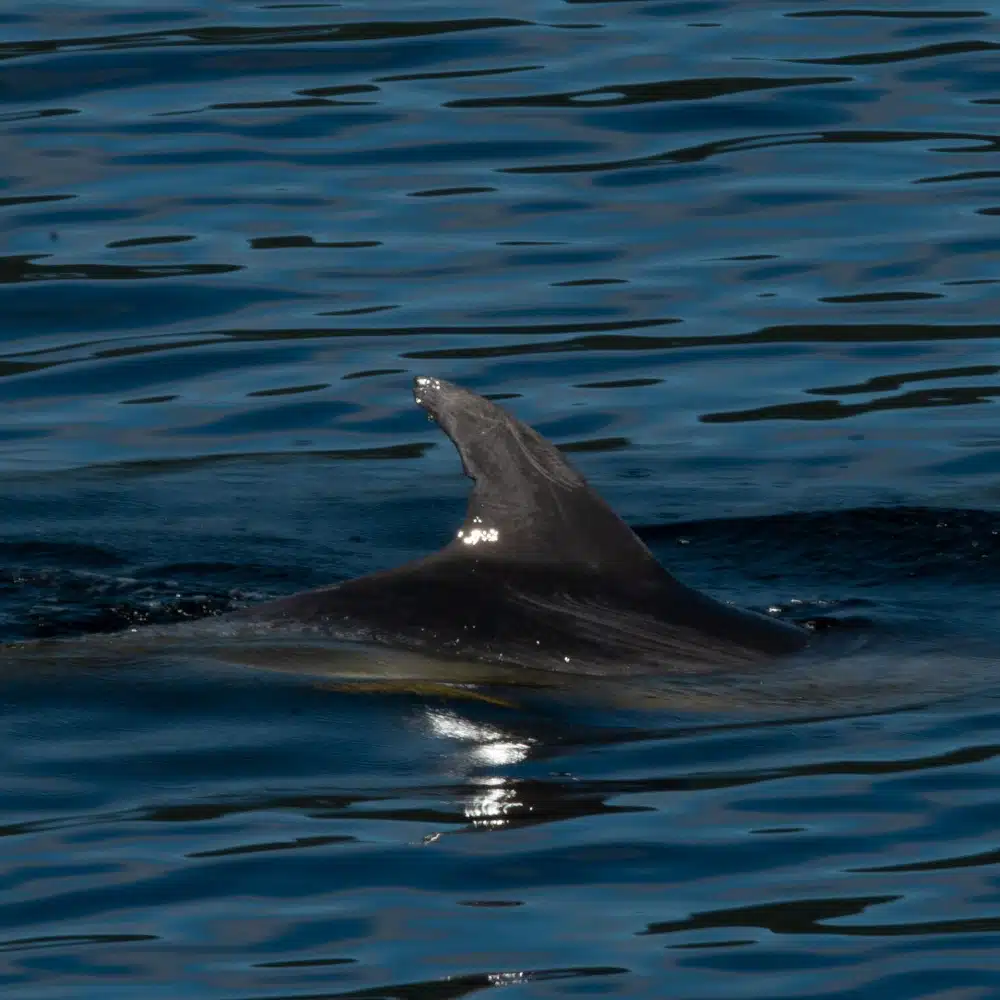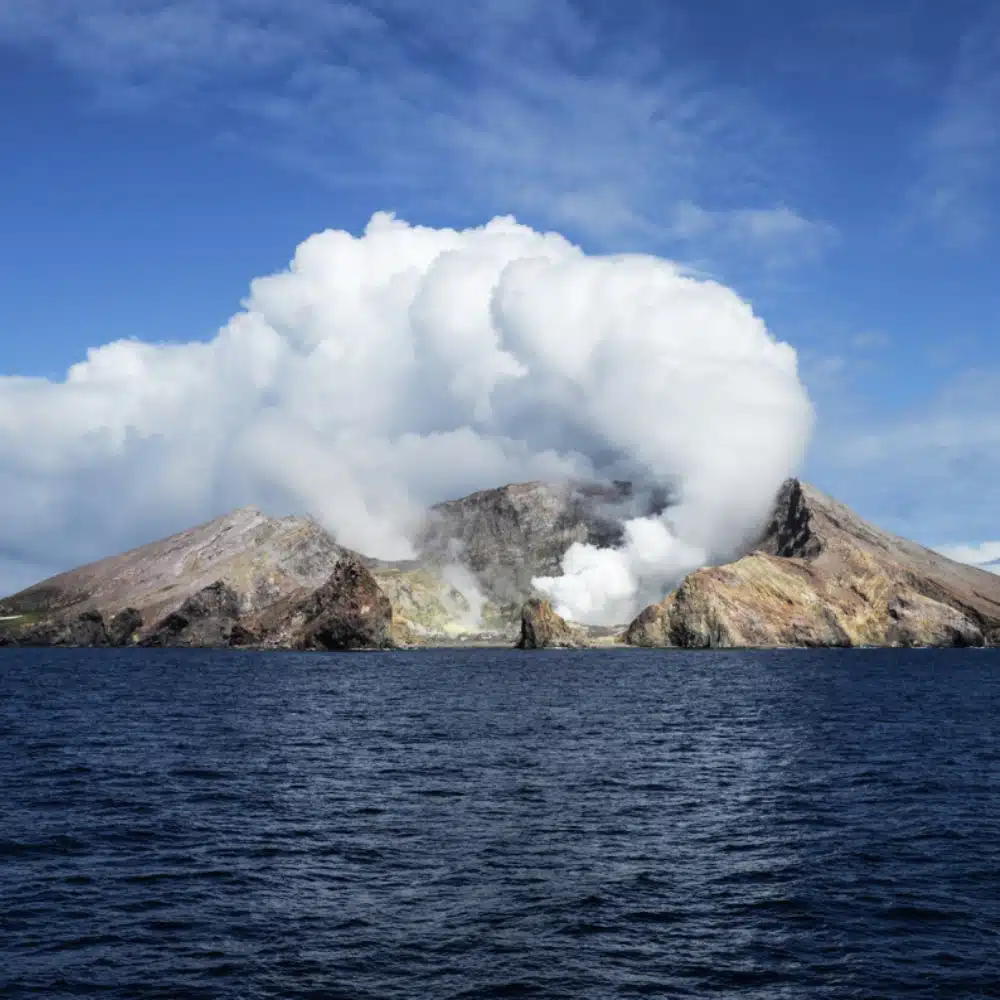Kaikoura. Akaroa. Te Wharawhara. These stunning coastal regions of the South Island of New Zealand were settled – and named – by the Māori people over a thousand years ago. Today, Māoritanga (which means “the Māori way of life”) plays a huge part in the island nation’s culture. PONANT is collaborating with Smithsonian Journeys on a cruise where you may broaden your understanding of how New Zealand remains steeped in the Māori traditions and customs.
It’s not hard to understand what drew the Māori to these untouched South Pacific shores. Pristine forests, sweeping beaches, snow-dusted mountains, deep-cut fjords, active volcanoes – still today, New Zealanders treasure their magnificent wilderness to the point of obsession. It’s little wonder New Zealand is one of the most environmentally minded countries on earth.
This all makes its stunning shores and labyrinthine, mountain-ringed sounds the ideal place for an enriching PONANT and Smithsonian Journeys luxury expedition.
Here are some key essentials of Maori culture that you may see, hear, and feel during our New Zealand’s South Island by Sea: A Voyage to the Fiordland cruise with Smithsonian Journeys.
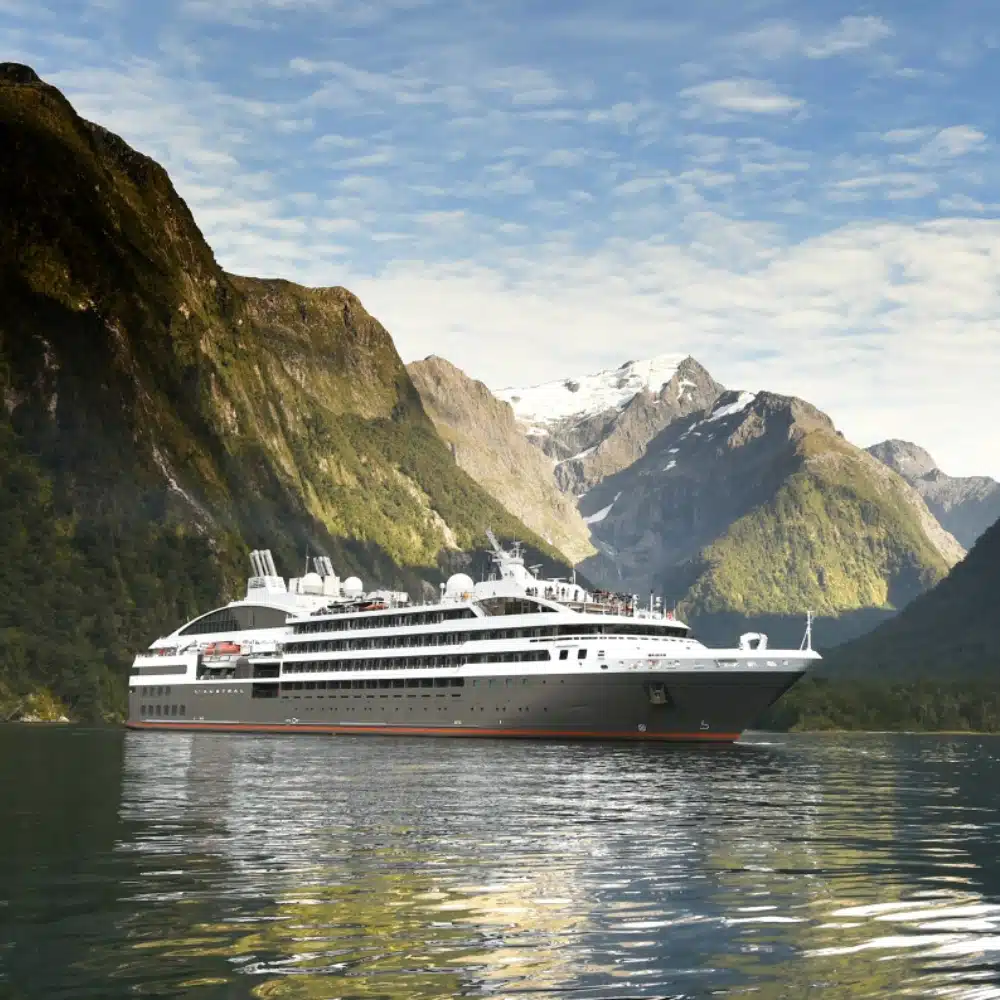
The Meeting Place
The marae, or meeting place, is absolutely central to the Māori. Think of it like a community center, but it’s more than just a physical structure. The marae represents the people and values that shape a community, it’s where locals gather to discuss issues that will affect them all, where weddings and other life events are celebrated, where community members are mourned. The meeting house is typically a showpiece of the town, lovingly carved and tended to. An open field or large lawn typically spreads out before it, accommodating outdoor gatherings, while an adjacent dining hall hosts meals.
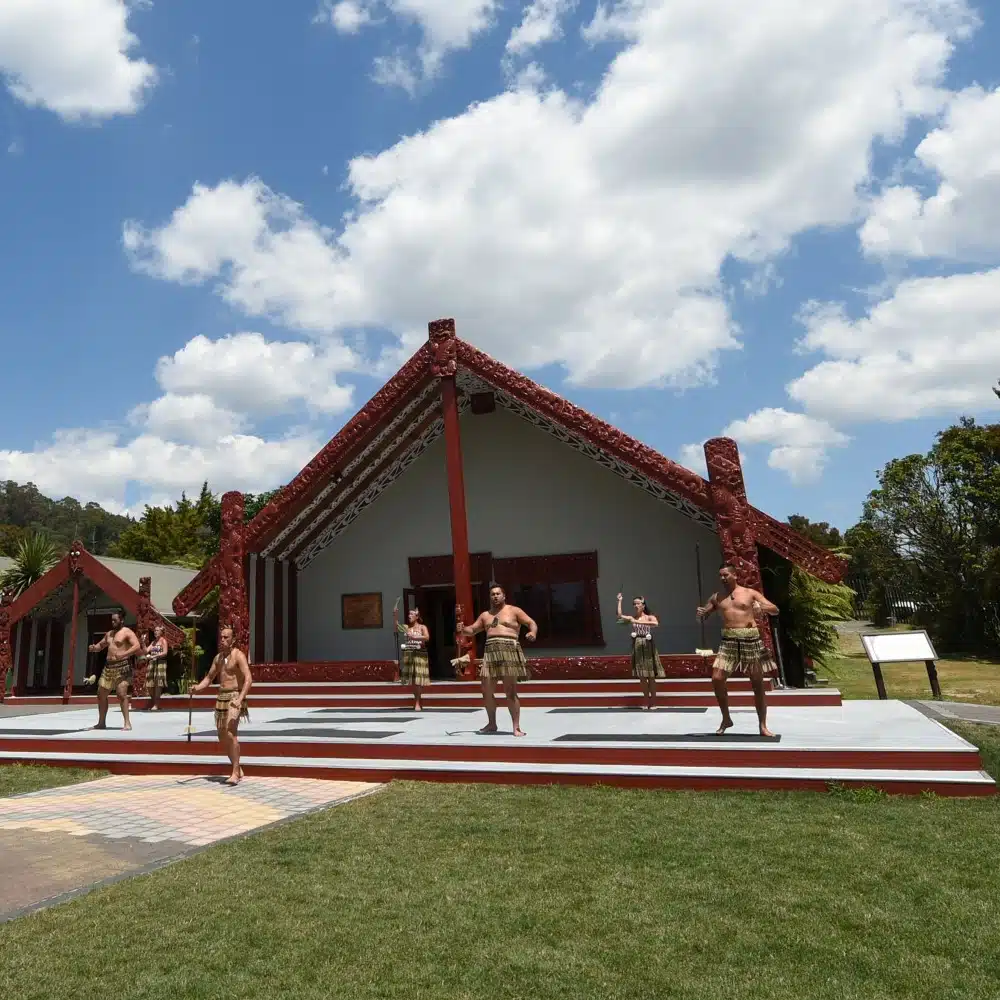
Language
Not many countries would call the tongue spoken by its indigenous people an official language—but New Zealand does. Te Reo Māori, as the language is known, plays an integral part in New Zealand’s identity. In fact, many Māori words and phrases are used in everyday language. About 4% of all New Zealanders can have a conversation in Te Reo Māori about everyday things. When you first meet a local – be they Māori or kiwi – you are likely to be greeted with a hearty kia ora, a wish for you to “be healthy.” Upon parting, they are likely to say ka kite ano, meaning “until I see you again.”
Many of New Zealand’s places were named by the Māori, including the destinations we mentioned earlier that are part of our voyage with Smithsonian Journeys. Kaikoura is a reference to the crayfish that have always been part of that coastal town’s identity. Akaroa means “long harbor,” the body of water on which it sits. And the island of Te Wharawhara is named for its prized flowering evergreen plant that’s native to the area, Astelia banksii.
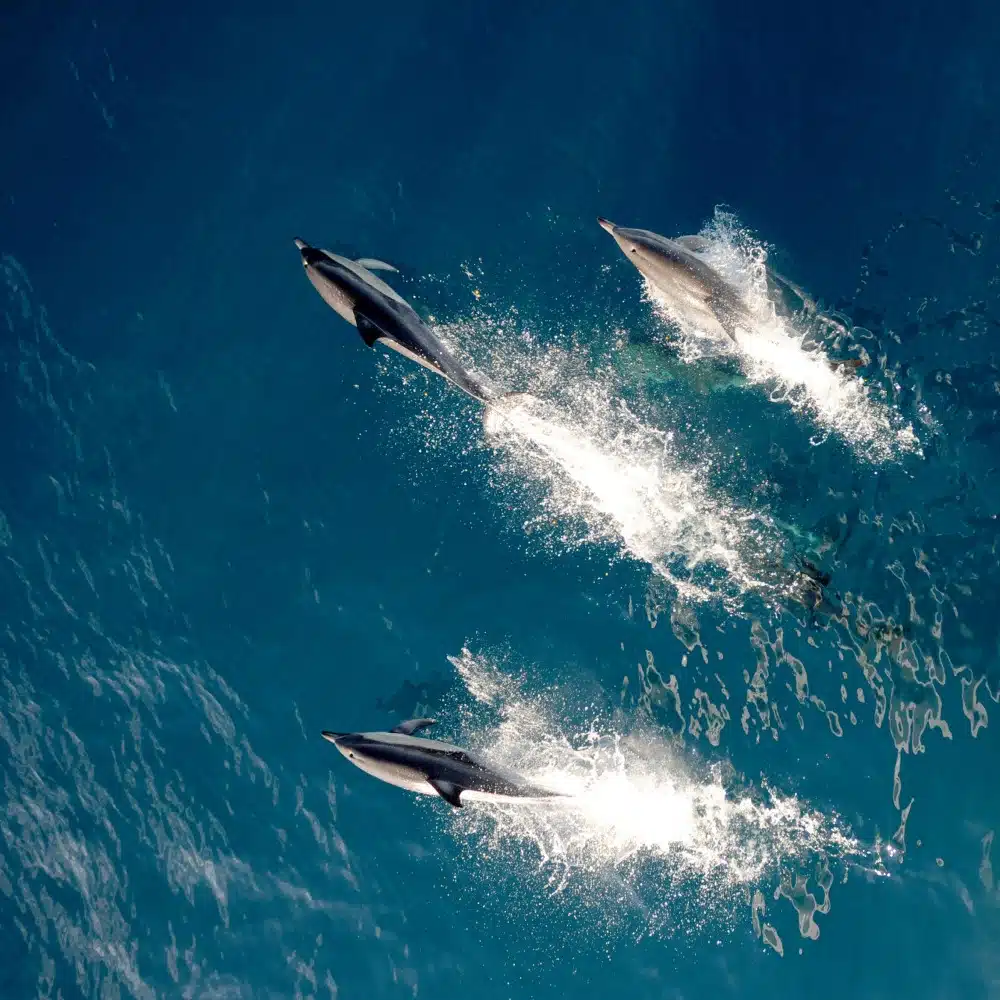
Art
Māori visual art is distinctive, easily recognizable, and central to New Zealand’s arts scene. The aesthetic draws widely from the natural world, characterized by intricate patterns carved or etched into natural materials like wood, bone, or stone. During your visit, you may come upon stunning traditional art pieces crafted by whakairo (carving), raranga (weaving), or tā moko (tattooing). Contemporary artists, too, incorporate Māori motifs into their work. For an excellent overview of New Zealand’s most important artwork, make time to visit New Zealand’s national museum in Wellington, Te Papa Tongarewa. Its English translation is “container of treasures”; you’ll quickly see just how true it is to its Māori name.
Dance
If you’re a casual observer of New Zealand, you’ll recognize the haka, a series of ceremonial dances in which a group stomps their feet, shouts, and makes vigorous movements. It may look intimidating and is, in fact, often called the “war dance.” But its intention is anything but threatening. The carefully choreographed movements are baked into Māori culture as traditional dances of welcome, success, or even grief.
As for more performative dance, the Māori express their heritage and Polynesian identity with the kapa haka. This “group dance” may incorporate singing and poi – in which the performer skillfully swings tethered balls in geometric or rhythmic patterns.

Music
Traditional Māori music falls into three styles. Waiata (songs) are performed either solo or in unison and often follow formal and ceremonial speeches. Ceremonies might also be accompanied by the karanga, a call-and-response typically led by women. Perhaps most remarkable, the mōteatea finds its origin in the tribal practice of chanting one note for a prolonged period. Because interrupting a song brought bad luck, singers broke into subgroups so that each group could take time to breathe, resulting in one mesmerizing, sustained tone.
Instruments are, of course, central to music. The Māori refer to their collection of traditional instruments as taonga pūoro. Made from natural materials like wood, bone, and shell, these wind, percussion, and whirled instruments have long provided the soundtrack for this epic nation.
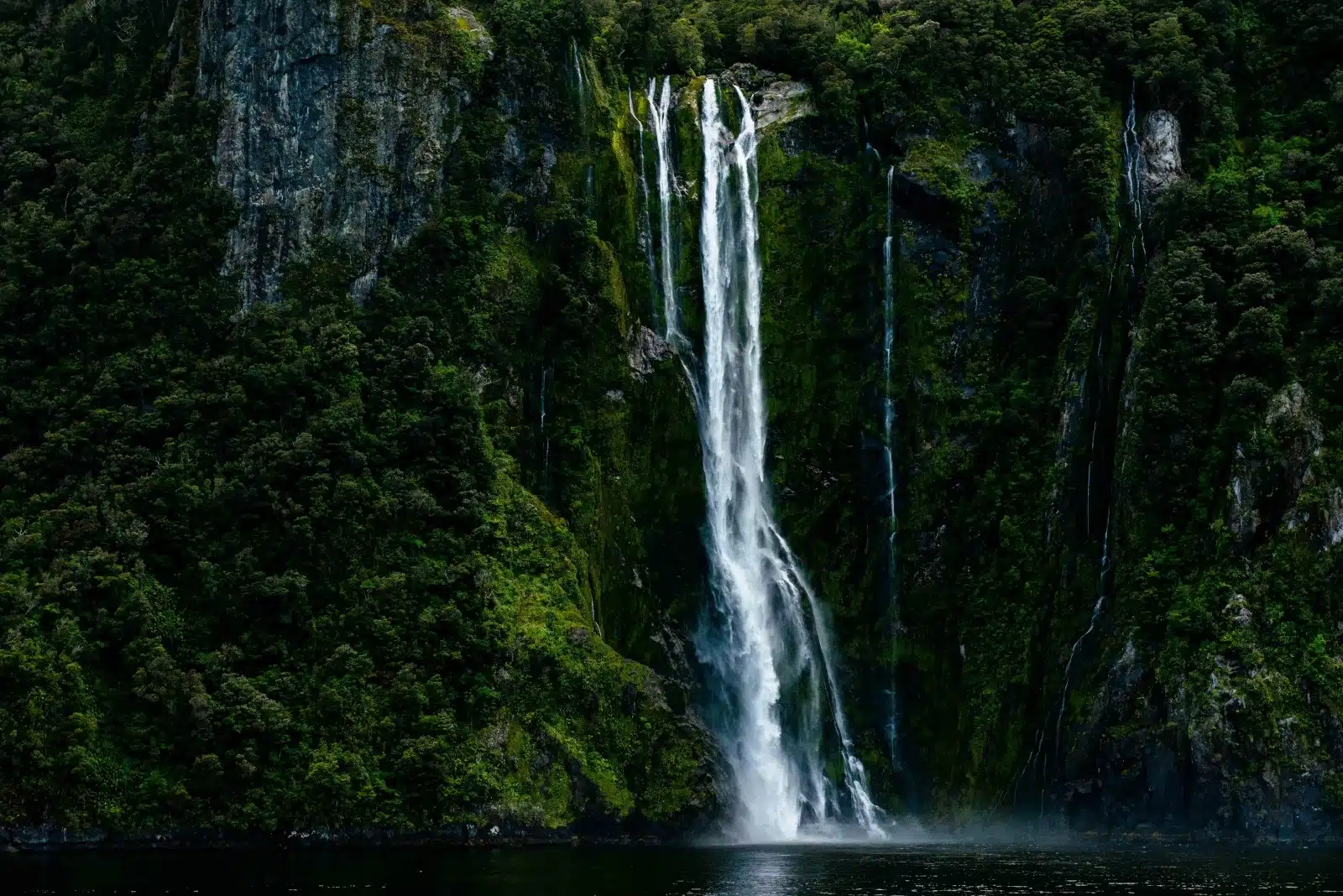
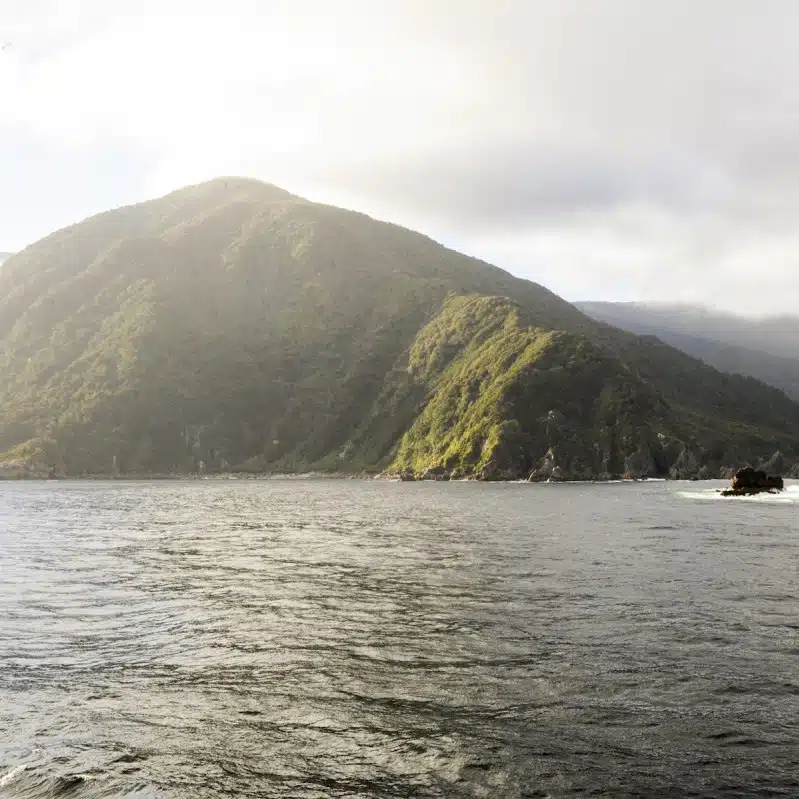
Join us in New Zealand
Witness fascinating facets of Māori culture firsthand, join PONANT and Smithsonian Journeys for our New Zealand’s South Island by Sea: A Voyage to the Fiordland cruise.

